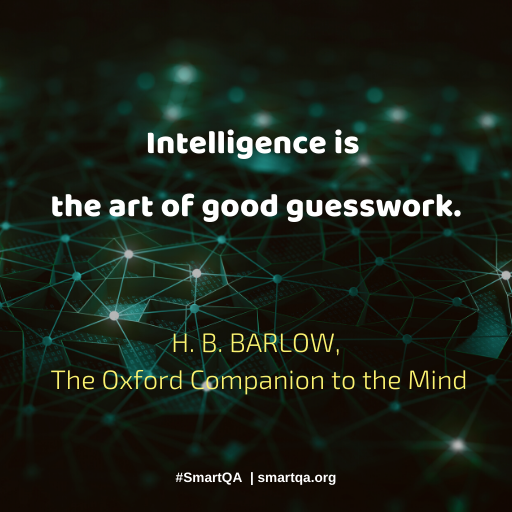SmartQA Digest
What does it take to do SmartQA? Thoughtful pause, multidimensional thinking, sensitivity and awareness and designing for robustness/testability. A short crisp article continuing from the prior article outlining five more thoughts on what it takes to do SmartQA. Doing SmartQA is about visualising the act in one’s mind and taking steps to being robust and enabling rapid easy validation, outlined in this crisp article FIVE *more* thoughts on ‘Doing SmartQA’ in the expandMind section.
In this edition of SmartBites, listen to two great pieces of advice from Vivek and Shivaji on ‘reinvent yourself’ and ‘staying in sync’ in today’s rapid dev as “Smart Advice #2“. In the nanoLearning section Jawahar Sabapathy helps us understand containerisation & microservices and its role in today’s architecture.
beEnriched

20 approaches to Smart Test Design
This article outlines twenty approaches to smart test design based on seven views of user, logic/analysis, construction, test, experience, operational and evolution.
expandMind

Black box thinking
Learning from failures .The inside story of how success really happens and how we cannot grow unless we learn from our mistakes.


